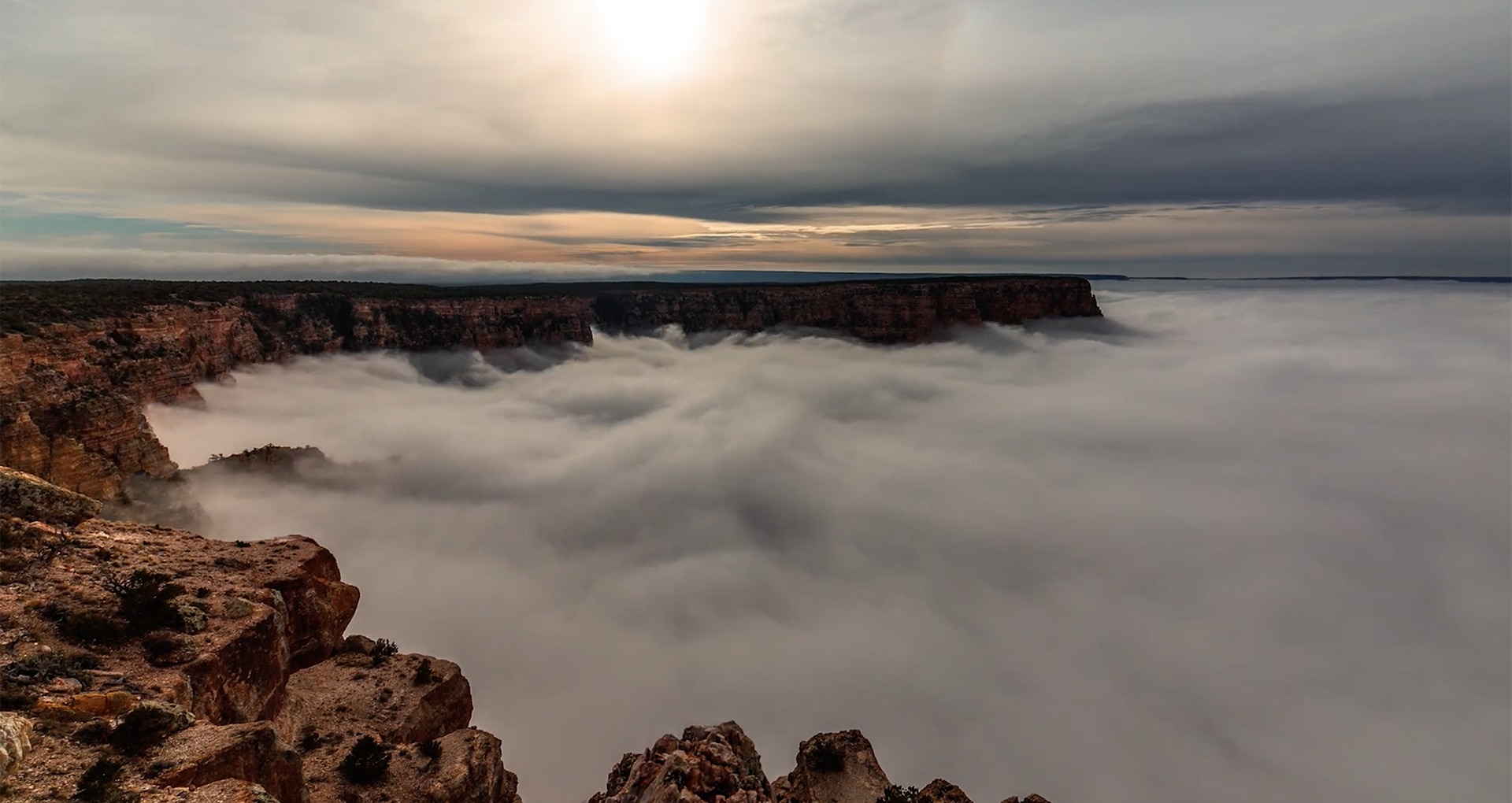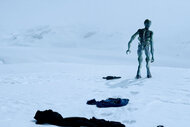Create a free profile to get unlimited access to exclusive videos, sweepstakes, and more!
"Kaibab Elegy": The most beautiful example of fluid dynamics you’ll see

When I was in graduate school, one of my required classes was an advanced physics class that I struggled through mightily. It was incredibly difficult for me, loaded with unfamiliar equations and concepts. I remember specifically spending days on the mathematics of how heat diffused through a solid, and how a drum head vibrated. The differential equations were...formidable.
But it gave me a taste for how complex the real world can be. If an ideal situation, where you control the parameters, can be so fiendish, what’s it like when the situation is unconstrained and there are a thousand input variables?
That’s what fluid dynamics is like, the study of how things flow. The math there makes what I learned look like kindergarten...and yet, the world performs this experiment everywhere, all the time. Any time you see a creek flow, or a faucet drip, or a tree move in the breeze, you are witnessing the mechanics of fluid dynamics played out.
And that word: “fluid”. We tend to use it interchangeably with “liquid”, but that’s not fair. A fluid is anything that flows, and while a liquid does that, so does a gas. So, “fluid” is a more generic term, and includes things like airflow, atmospheric physics, and even cloud formation and evolution.
That math is so complex, it’s not fully able to be modeled in a computer. But again, the Earth puts these calculations to use all the time, and the result can be staggering beauty.
Witness: Kaibab Elegy, a time-lapse animation of fluids in motion, by photographer Harun Mehmedinović:
Oh, my. How lovely. He filmed this in and around the Grand Canyon in Arizona (the Kaibab National Forest borders the canyon to the north and south, hence the video’s title). Usually, the Sun warms the air in the canyon, which then rises. However (as Harun describes it in the video show notes), sometimes cold air flows into the canyon and gets trapped by a layer of warm air above it. This is called an inversion, and can create a cloud layer that forms in the canyon reaching to the top.
But that doesn’t mean it’s motionless! “Dynamics”, after all, implies motion, or at least change. And you can see that over and again in the video, as clouds form and evaporate before your eyes. And while we don’t see this easily when we watch for ourselves, the compression of time in the video makes it very obvious that gas, too, is very much a fluid.
I see this all the time, living east of the Colorado Front Range; we can see clouds forming and dissipating as moist air flows over the mountains and encounters the rising warm air from the plains to the east. While it can make for shaky descents into Denver airport (try to arrive in the morning if you can, before the plains heat up), it also makes for spectacular skies.
Isn’t that science in a nutshell? Complex math, reflected in complex reality, which sometimes affects us personally but always shows us the true beauty underlying the world around us.
[This video was shot as part of the SKYGLOW project, which I highly recommend looking into further. The book Harun put together with fellow photographer Gavin Heffernan is a thing of stunning beauty.]














